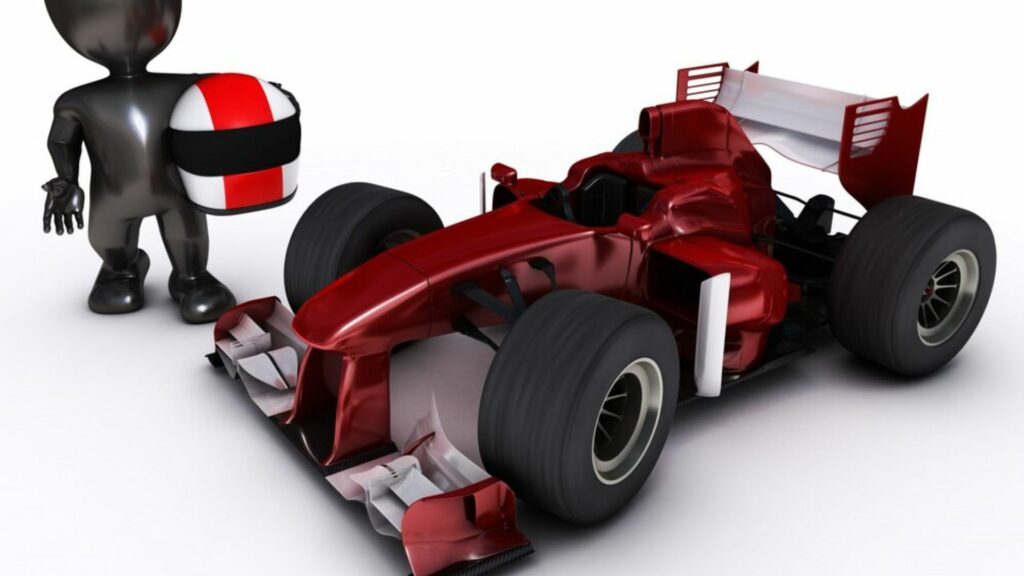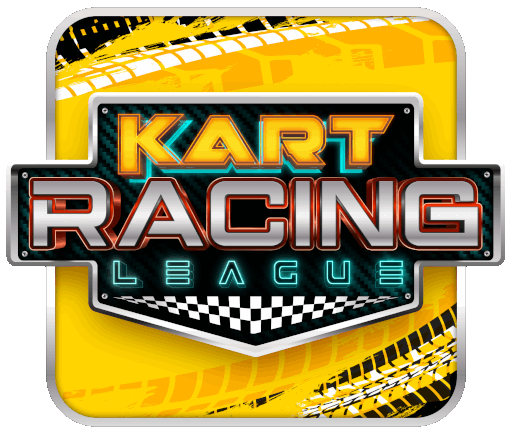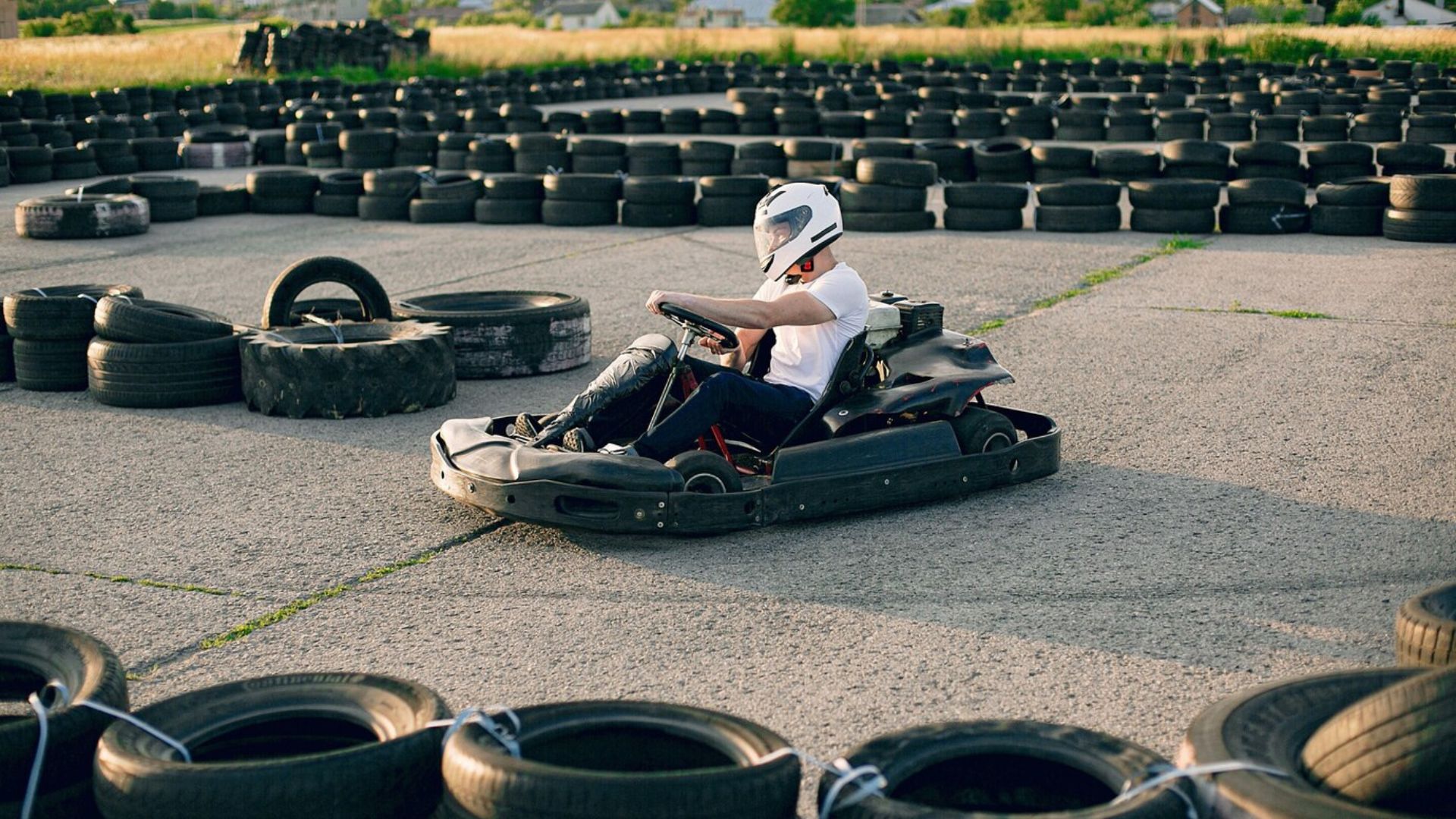In the adrenaline-fueled world of kart racing, achieving peak performance goes beyond driver skill—it involves the meticulous art of kart setup and tuning. This article serves as a comprehensive guide, navigating through the essential components and strategies to optimize a kart’s performance on the track.

Understanding Kart Setup Basics
Before delving into the intricate details of tuning, it’s crucial to establish a solid foundation by comprehending the fundamental aspects of kart setup. Components such as chassis, tires, gearing, alignment, and weight distribution form the building blocks of a finely tuned kart.
Crafting the Backbone of Performance
The chassis is the keystone of a kart’s performance. Fine-tuning its stiffness, width, and height can significantly impact handling characteristics. Achieving the right balance between responsiveness and grip requires a nuanced understanding of how adjustments to the chassis influence the kart’s behaviour on the track.
The Key to Traction and Control
Tire pressures play a pivotal role in determining a kart’s grip and handling. Monitoring and adjusting tire pressures based on track conditions and temperature are critical for optimizing performance. Striking the right balance ensures the kart maintains traction while navigating corners and straightaways.
Precision for Acceleration and Top Speed
Gearing is akin to the kart’s transmission system, influencing how power is transmitted from the engine to the wheels. Selecting the right gear ratio is a delicate balance between achieving optimal acceleration and maximizing top speed. Understanding the nuances of the track layout and the engine’s power band is essential for effective gearing.
Steering Toward Stability
Kart alignment involves factors like camber, caster, and toe, each affecting stability and cornering. Camber adjustments impact cornering grip, caster influences steering responsiveness and toe adjustments affect straight-line stability. Achieving precise alignment is akin to calibrating the kart’s steering
The Balancing Act for Performance
Proper weight distribution is a dynamic element in crafting a balanced kart setup. Shifting weight between the front and rear, as well as side to side, can fine-tune handling characteristics. Striking the ideal balance enhances traction, stability, and responsiveness, contributing to an overall optimized kart performance.
The Art of Systematic Testing
The true litmus test for a well-tuned kart setup happens on the track. Drivers and mechanics collaborate in a meticulous dance of adjustments, translating theoretical knowledge into real-world performance gains. Incremental changes, coupled with systematic testing, allow for data-driven decisions in pursuit of the optimal setup.
Technology in Tuning
In the modern era, data acquisition systems have become indispensable tools for kart tuning. Real-time telemetry data provides insights into lap times, throttle and brake inputs, and chassis behaviour. Leveraging technology enhances the precision of adjustments, enabling teams to fine-tune with data-backed confidence.
Navigating the Variables
A well-tuned kart setup isn’t a one-size-fits-all solution. Adapting the setup to diverse track conditions—be it variations in temperature, surface grip, or track layout—is an ongoing dynamic in the tuning process. Successful teams excel in interpreting the subtleties of different tracks and making swift, adaptive adjustments.
The Human Element in Tuning
While data is invaluable, the human element remains irreplaceable. A skilled driver’s feedback is a crucial aspect of fine-tuning a kart. Effective communication between the driver and the tuning team ensures adjustments align with the driver’s preferences and racing style, creating a symbiotic relationship between man and machine.
Conclusion
In conclusion, the journey to optimal kart performance is a nuanced exploration of art and science. Kart setup and tuning elevate kart racing beyond a mere sport; they become a synergy between mechanics, technology, and the innate skill of the driver. By mastering the intricacies of chassis dynamics, tire pressures, gearing, alignment, weight distribution, and adaptability to track conditions, enthusiasts can unlock the full potential of their karts, experiencing the thrill of triumph on the racing circuit.
Top of Form

